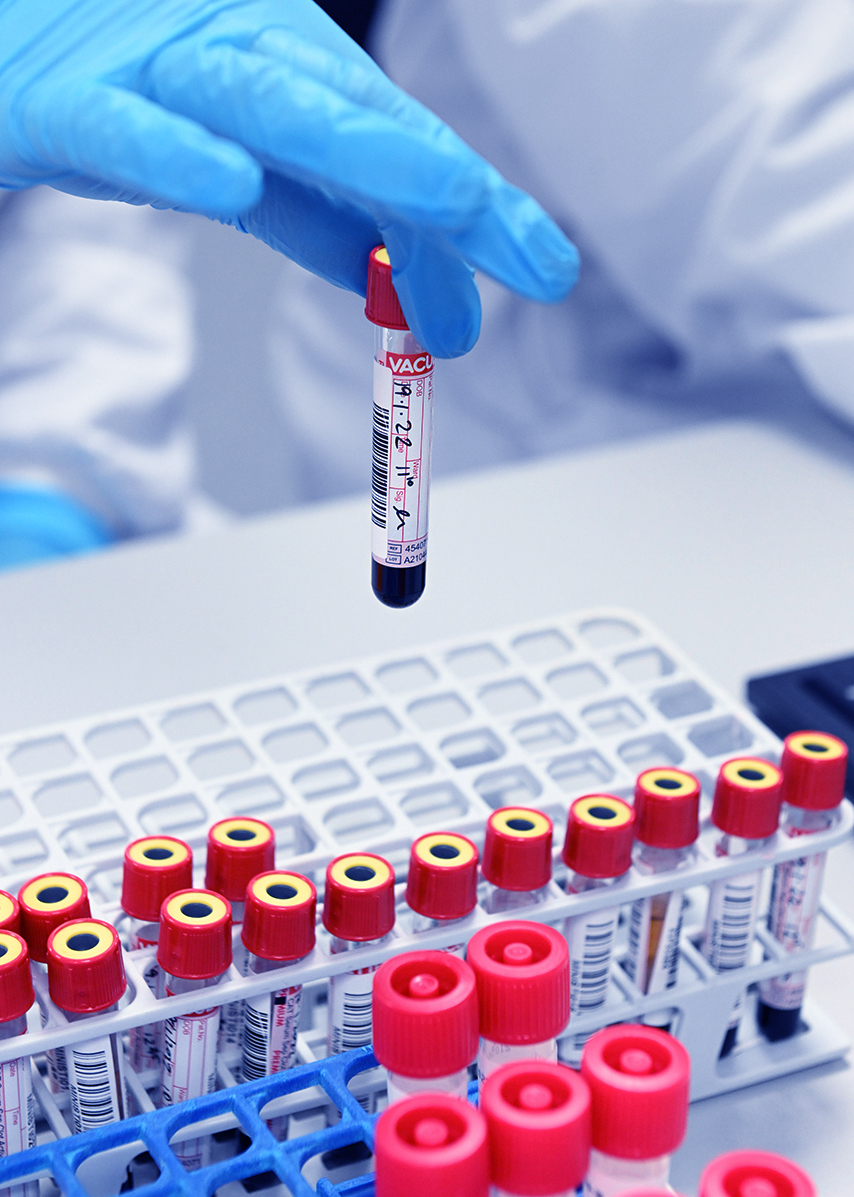The average incubation period for HBV is 60-90 days (range: 45-180 days). Acute HBV infection may be subclinical or range in symptoms to include anorexia, abdominal discomfort, nausea, vomiting, and may be followed by jaundice. These symptoms usually last several weeks. Approximately half of patients will no longer be infectious by 7 weeks post onset of symptoms. In individuals where HBsAg continues to be detected at 6 months, they are considered chronic carriers and remain at risk of transmitting infection.
The following is a summary of the serological markers of Hepatitis B which are available at Enfer Medical. Please note the following is a guide to interpretation and patient history and other serological markers may be required for final interpretation.
| HBV Marker |
Clinical Details |
| HBsAg |
Hep B Surface Antigen is a protein on the surface of HBV, it is a marker of infectivity. It can be detected in high levels in serum during acute or chronic infection. Chronic HBV is defined as detectable HBsAg in serum > 6 months. |
| Anti-HBs |
Antibody to HBsAg indicates recovery and immunity from HBV infection. It is an antibody that also develops in a person who may have been successfully vaccinated against HBV |
| Anti-HBc |
Antibody to Hep B Core Antigen that does not provide any protection or immunity against Hep B and indicates previous infection at some point in time. It is generally interpreted along with other serological markers |
Based on the WHO recommendation and as per the Irish National Immunisation Guidelines, an A-HBs concentration of >= 10mIU/mL is regarded as being protective against Hepatitis B viral infection.







